Bamboo Flooring in Costa Rica
Dec 3, 2025, 9:20 AM
Bamboo flooring has become an increasingly popular choice for homeowners and builders in Costa Rica, especially in urban centers like San José, Alajuela, Cartago, and Heredia. Its natural look, durability, and eco-friendly appeal make it an attractive alternative to traditional hardwoods. However, Costa Rica's tropical climate—marked by high humidity, seasonal rains, and temperature fluctuations—brings unique challenges when it comes to flooring materials.
Best Bamboo Flooring Types for Costa Rica’s Humid Climate
Costa Rica’s humidity levels, which often hover between 70% and 90%, demand flooring materials that can handle expansion and contraction without warping or cupping. Not all bamboo flooring types perform equally in this setting.
Strand Woven Bamboo
Strand woven bamboo is one of the most recommended options for humid regions. It's made by compressing shredded bamboo fibers with resin under high heat and pressure, creating a dense, durable plank.
- Moisture resistance: Higher density makes strand woven bamboo less prone to absorbing moisture compared to horizontal or vertical bamboo.
- Hardness: It’s significantly harder than oak or maple, which helps maintain its shape even in changing weather conditions.
This style is especially favored in the highlands around Cartago, where afternoon rains and cooler temperatures are frequent.
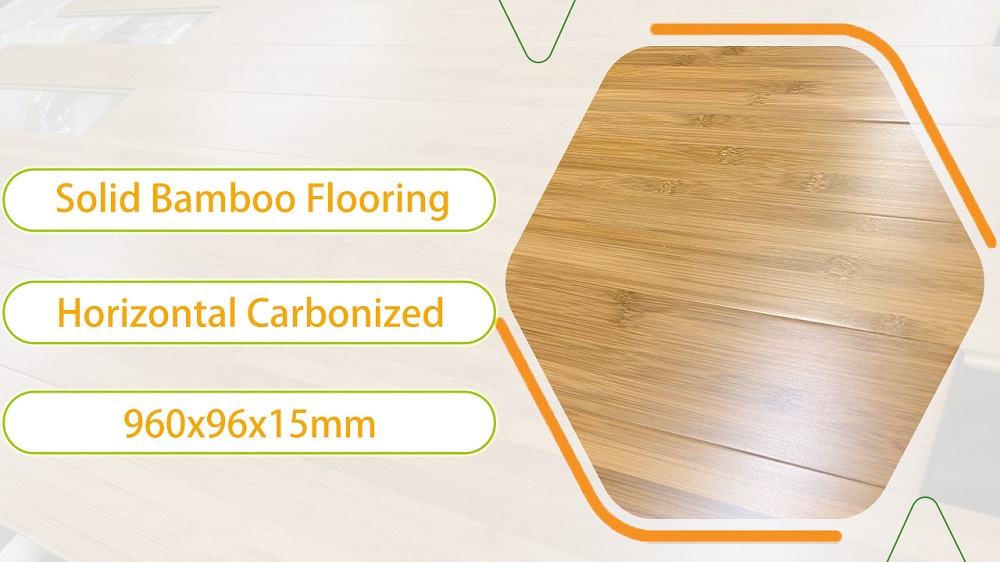



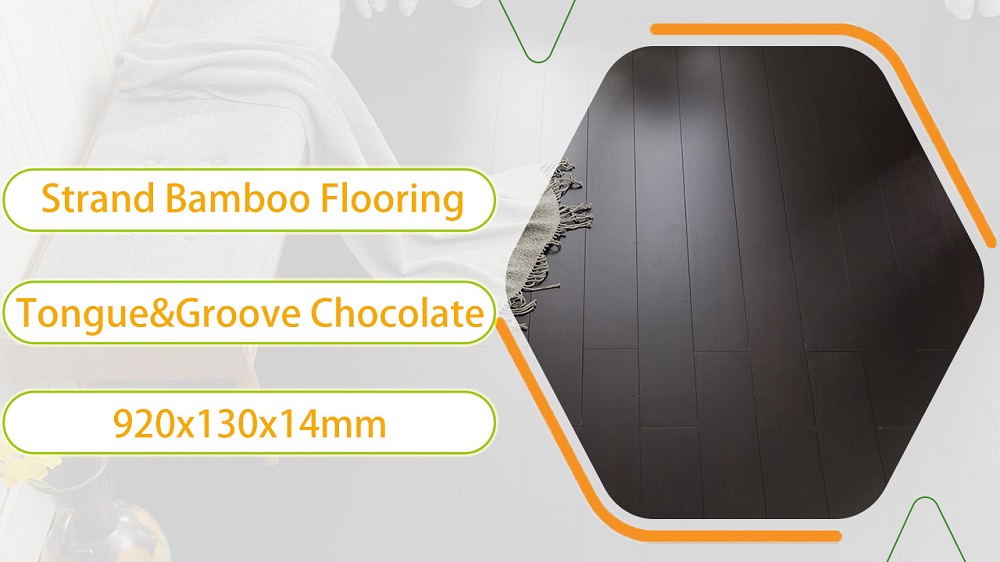
Popular Bamboo Flooring Colors in Costa Rica
Color preference varies slightly by region and home style, but a few tones consistently perform well in the local market.
1. Natural Blonde
Natural bamboo’s light yellow tone works well in homes that aim to maximize light and warmth. In Alajuela, where colonial-style homes are common, natural bamboo complements terracotta roofs and whitewashed walls.
2. Carbonized Brown
For homeowners who prefer a richer, deeper look, carbonized bamboo offers a toasted brown hue. It’s created by heating the bamboo to darken the sugars inside, not by staining.
- Pairs well with wood furniture
- Popular in living rooms and bedrooms
3. Gray-Washed Tones
Gray bamboo flooring has become more popular in recent years, especially among younger homeowners. Its cool undertone is ideal for modern apartments and offices in Heredia and Escazú.
Local Buyer Concerns When Choosing Bamboo Flooring
1. Moisture Swelling
One of the top concerns is swelling or warping due to excess humidity. While strand woven and engineered bamboo fare better, solid horizontal bamboo is not ideal for regions with heavy seasonal rains.
Tip: Always allow the flooring to acclimate for at least 72 hours in the room where it will be installed.
2. Termite Resistance
In tropical climates, termites are a real concern. While bamboo is naturally resistant to some insects, it’s not termite-proof.
Recommendation: Choose bamboo treated with borate or other non-toxic pest-resistant treatments, and inspect for certifications when purchasing.
3. Availability and Cost
Bamboo flooring is still considered a specialty product in Costa Rica. While more suppliers are emerging, the cost can be higher than ceramic tile or laminate.
- Imported brands tend to dominate the market, adding to the price.
- Local distributors in San José and Heredia are beginning to stock more affordable options.
Recommended Installation Methods for Humid Environments
Floating Installation
This method involves locking the planks together without gluing them to the subfloor. It allows the flooring to expand and contract more freely.
Glue-Down Installation
Glue-down is often used for strand woven bamboo, particularly in ground-floor rooms where moisture might seep through concrete subfloors.
- Use moisture-resistant adhesive
- Confirm subfloor is completely dry and sealed
Moisture Barriers
Whichever method is chosen, using a moisture barrier is essential. A vapor barrier underlayment or a sealant on the subfloor will help protect the bamboo from long-term damage.
Maintenance Tips for Bamboo Flooring in Costa Rica
- Use a dehumidifier during the rainy season, especially in mountain areas like Cartago.
- Clean with a damp mop, not soaking wet—bamboo doesn’t like standing water.
- Avoid harsh cleaners, which can strip the finish.
- Use blinds or curtains to limit direct sun exposure and prevent fading.
Bamboo flooring offers a stylish, sustainable, and durable option for Costa Rican homes, but success depends on choosing the right type, color, and installation method. For humid climates like those found across San José, Alajuela, Cartago, and Heredia, strand woven and engineered bamboo are the top-performing options. With proper installation and care, bamboo can offer years of beauty and functionality, even in Costa Rica’s most humid regions.
Global Links
Brazil Bamboo Flooring Colombia Bamboo Flooring Costa Rica Bamboo Flooring Panama Bamboo Flooring Mexico Bamboo Flooring 竹のフローリング

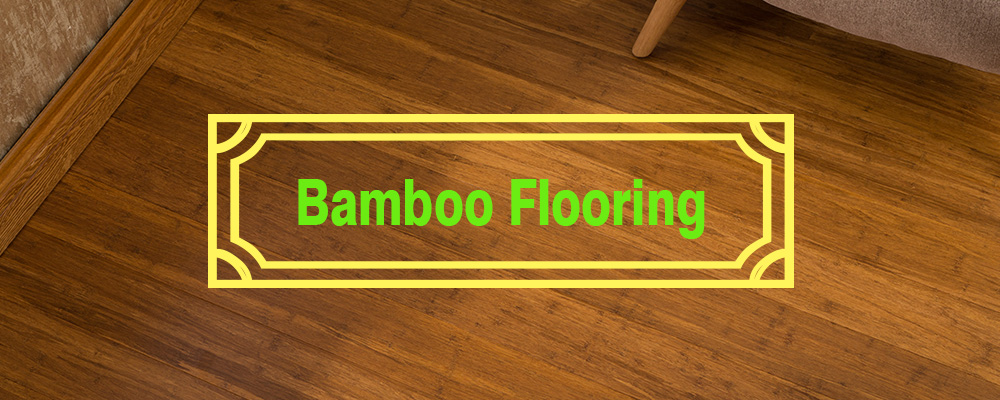


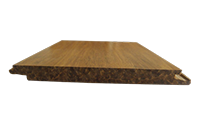
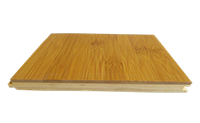
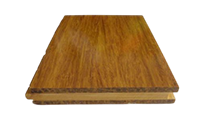
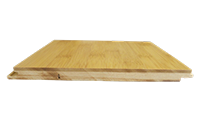
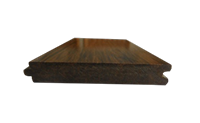


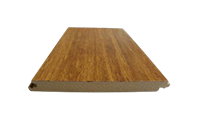
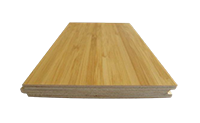

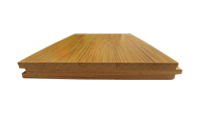

 皖公网安备 34180202000049号
皖公网安备 34180202000049号